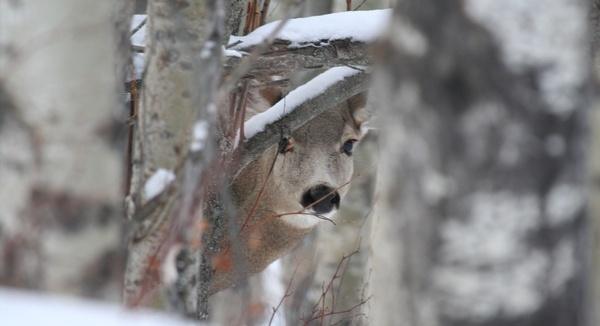Nothing gets deer hunters more pumped than a cold front rolling in

Nothing gets deer hunters more pumped than a cold front rolling in. The way temperature affects deer movement is practically a given in the hunting world. But just like with barometric pressure, the science doesn’t really back up these ideas. So, how should hunters interpret the 10-day forecast come fall?
What Scientists Say The idea that weather influences deer movement has led to a few studies, but the findings often leave weather-focused hunters feeling uncertain. Matt Ross from QDMA summed it up nicely: “Bucks tend to move the most at dawn and dusk, no matter the weather.”
A study from Mississippi State University, which hunters often overlook, found little evidence that weather significantly affects deer movements. They noted, “Overall, we found minimal evidence that weather influenced deer movements, with weak relationships and small parameter estimates showing little biological significance.” Similarly, a Texas study found “no correlation between hourly male activity and temperature.”
The good news for believers is that temperature seems to have the strongest link to deer movement among the weather factors studied. Bronson Strickland from Mississippi State University mentioned, “We did notice some changes with temperature shifts. When a front came through, we might see some movement changes, but they were pretty subtle.” Another study from North Carolina State University highlighted that “adult male movement and activity varied by season and time of day, making it tough to pin down responses solely to climate.” However, they did find that air temperature consistently predicted buck movement across all seasons. What Big Buck Killers Say While the science might be a bit unclear, the beliefs of hunters are pretty straightforward. Just ask any whitetail hunter,

